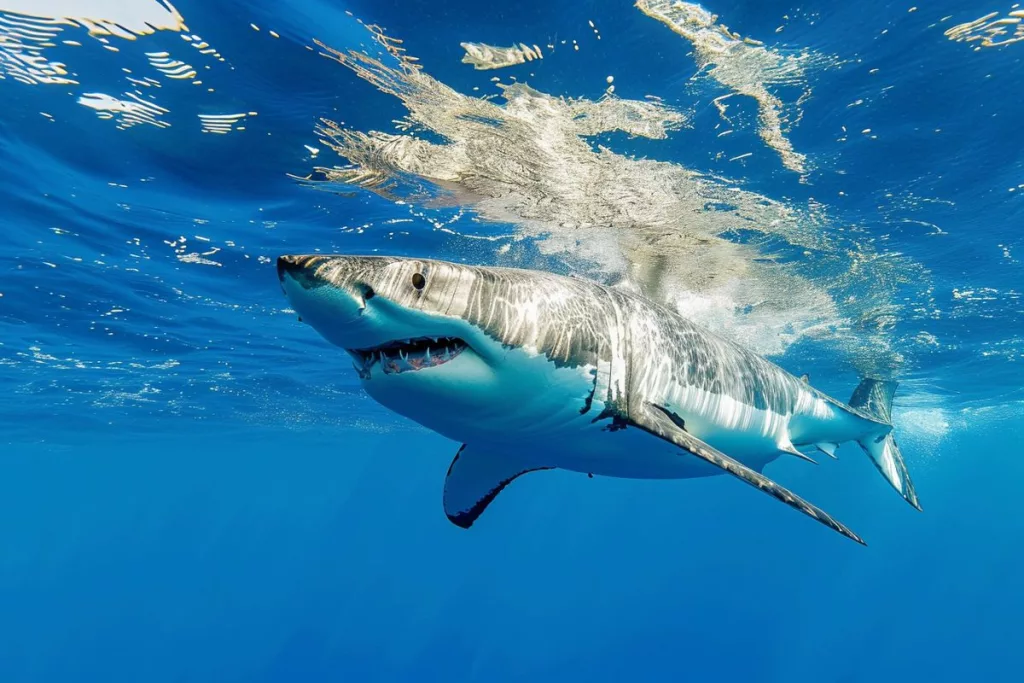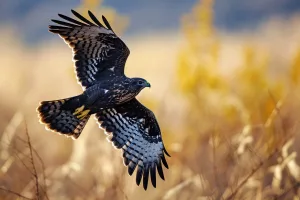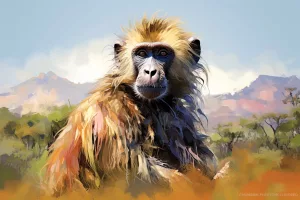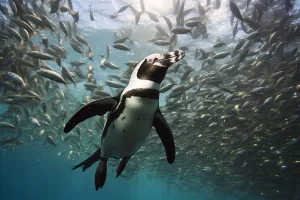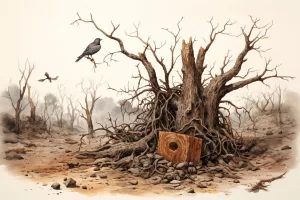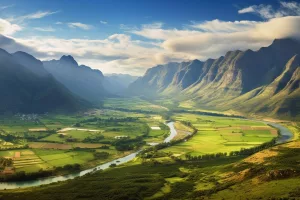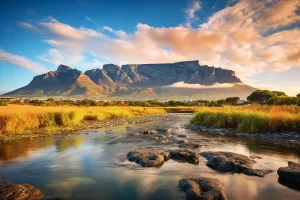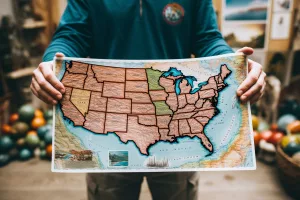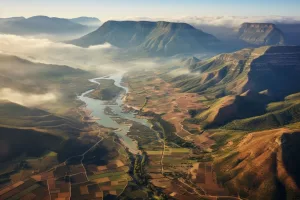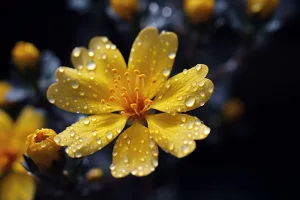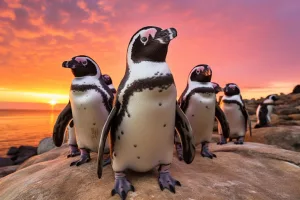Marine biologists have discovered a shift in the distribution of great white sharks in South Africa, with interactions between humans and sharks moving from the Western Cape to the Eastern Cape, hinting at a possible migratory pattern. The movements are influenced by various factors, including climate change and the predatory actions of killer whales. The findings highlight the need for intensified research efforts and effective conservation strategies to ensure the continued existence of these formidable predators.
The survival of the Black Harrier is intricately linked to the preservation of the entire ecosystem, highlighting the pressing need for conservation efforts. Recent collaborative efforts have provided a ray of hope for the Renosterveld and other endangered species, emphasizing the importance of collective action in protecting the planet’s biodiversity.
The Cape Peninsula Baboon Management Joint Task Team is promoting sustainable development by encouraging public participation in a unique initiative that combines environmental conservation with community involvement. The Cape Peninsula Baboon Strategic Management Plan serves as a guideline for sustainable baboon management, with the task team urging the public to formulate areaspecific actions that are effective and approved by local inhabitants. The initiative champions active public involvement and sets a benchmark for other regions to follow in the quest for sustainable development. Meanwhile, Cape Town offers a multitude of affordable activities to explore, and the combination of community involvement and environmental conservation could be the key to a sustainable future.
The African Penguin Conservation Effort is a collaboration between the African Penguin and Seabird Sanctuary (APSS) and CapeNature to save and restore African penguin chicks from Dyer Island. Human interference has left the penguins vulnerable to predators and severe weather conditions, paving the way for proactive conservation efforts to avert their extinction. The APSS accepts visitors, monetary donations, and practical donations such as old towels and newspapers to support the recuperative program. Every contribution makes a significant difference in preserving the future of South Africa’s emblematic animals.
The SPCA in Simon’s Town, South Africa heroically rescued animals in distress after a devastating wildfire destroyed 450 hectares of land. The rescue teams braved dangerous conditions to save countless animals, and their efforts continue even after the fire has been extinguished. The SPCA relies on public contributions to sustain their rescue missions, and they have reached out to local residents to be vigilant for animals in need of assistance. Their unyielding commitment exemplifies the human capacity for compassion and resilience, and highlights the importance of protecting our planet’s valuable biodiversity.
The Jonkershoek and Assegaaibosch Nature Reserves in South Africa are a breathtaking wilderness experience, with aweinspiring mountains, rich flora and fauna, and enchanting trails leading to captivating rock pools and waterfalls. Visitors can also explore the historic Assegaaibosch farmstead, dating back to 1792. CapeNature plays a crucial role in conserving ecosystems and species, while their Biodiversity Stewardship program aims to establish agreements with landowners and support them in managing their properties based on sound conservation management principles. These reserves are a vital part of South Africa’s natural heritage, demonstrating their commitment to biodiversity conservation and sustainable tourism.
Take A Hike Day is a global event that promotes the preservation of nature’s trails. It involves hiking up Table Mountain in Cape Town, collecting litter along the way, and enjoying the breathtaking scenery. The event organizers offer a snack pack and a free cable car ride down in exchange for the collected trash. This is a collective effort to protect the environment and appreciate nature’s beauty.
The revised entry fees for five national parks in the Western Cape, including Agulhas, Bontebok, Table Mountain, Tankwa Karoo, and West Coast National Parks, aim to strengthen conservation efforts and preserve the country’s biodiversity, landscapes, seascapes, and heritage assets. The revenue generated from these entry fees goes back into conservation efforts. Visitors are encouraged to explore these extraordinary landscapes and take advantage of various deals and discounts available for trips in and around Cape Town.
NASA and the University of Cape Town (UCT) have joined forces for a fouryear initiative called BioSCape, aimed at mapping the biodiversity of South Africa’s Greater Cape Floristic Region. The project will use satellite and aerial data in combination with ontheground observations to map marine, freshwater, and terrestrial species and ecosystems within the region. It is hoped this will strengthen conservation efforts and biodiversity research, whilst offering pioneering resources for charting and monitoring the diverse living organisms in one of the world’s most biodiverse areas. The BioSCape project is a testament to worldclass biodiversity research in South Africa and represents an ambitious leap forward in the understanding and conservation of unique ecosystems.
The Mini Galaxy flower, once thought extinct, has been rediscovered in the Nuwejaars Wetlands Special Management Area in South Africa. The yellow flower blooms for only a few hours after rain and grows in dangerous locations such as road verges, making conservation efforts challenging. The area in which the Mini Galaxy was found is of significant ecological importance, containing nearly 50% of all remaining Agulhas Sand Fynbos and 20% of Agulhas Limestone Fynbos worldwide, both of which are critically endangered.
Two youth ambassadors, Sophumelela Qoma and Keira King, are leading the NotOnOurWatch campaign to protect endangered African penguins from climate change and habitat destruction. They organized the Worldwide Waddle on International African Penguin Awareness Day to rally support and raise awareness globally. The campaign aims to convince policymakers to prioritize penguin conservation and showcases the power of youthful dedication in conservation efforts. To contribute to their cause, visit their official websites and join the Worldwide Waddle.

